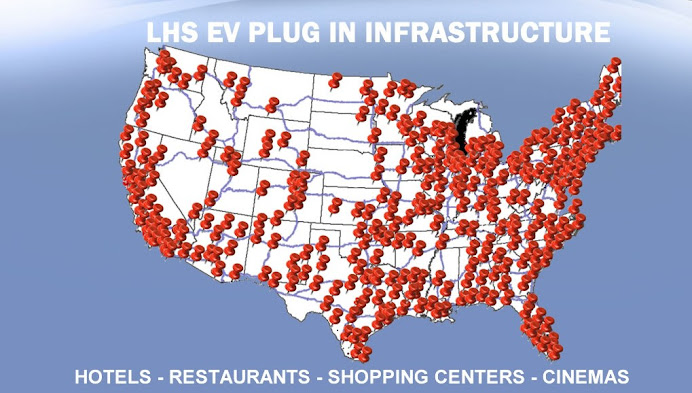 Electric vehicles will begin shipping in volume starting in 2010. These vehicles will require the rollout of a new infrastructure for charging access at home, at work, and around town. By 2015, access to vehicle charging will be available at more than one million charge points in the United States alone. Vehicles will be primarily charged at home as early adopters will prefer the convenience. China, which has mandated the production of electric vehicles, will be the world leader in charging stations, selling nearly half of the global total of 1.5 million units in 2015.
Electric vehicles will begin shipping in volume starting in 2010. These vehicles will require the rollout of a new infrastructure for charging access at home, at work, and around town. By 2015, access to vehicle charging will be available at more than one million charge points in the United States alone. Vehicles will be primarily charged at home as early adopters will prefer the convenience. China, which has mandated the production of electric vehicles, will be the world leader in charging stations, selling nearly half of the global total of 1.5 million units in 2015.Bidirectional smart vehicle-to-grid charging will remain a niche application for the foreseeable future due to technical difficulties and utilities' conservative deployment strategies. Utilities in the U.S. will slowly see revenue from vehicle charging increase from $3 million in 2010 to more than $200 million in 2015. The added demand will have little overall impact on grid reliability, but could diminish performance in neighborhoods with the highest EV concentrations. Utilities will prepare for the additional load to the grid by tracking vehicle sales and creating new customer billing programs. Charging equipment sales will initially be driven by government funding of public stations. Fees for commercial charging will be low due to the availability of free and lowcost charging at residences and public locations.
Retailers will install public access stations primarily as a marketing tool and not to generate direct revenue from charging fees. This Pike Research report examines the many open questions surrounding business models and technology issues for electric vehicle charging infrastructure. It analyzes and forecasts the market for residential, public, private, and workplace charging stations through 2015 as well as examining operational and technological impacts of plug-in hybrid and battery electric vehicles on the grid infrastructure. Analysis includes an in-depth assessment of market drivers and barriers, along with profiles of charging infrastructure vendors, utilities, automakers, and smart grid companies.
Source : NewsWire.com, August 3rd, 2009
Source : NewsWire.com, August 3rd, 2009

Aucun commentaire:
Enregistrer un commentaire